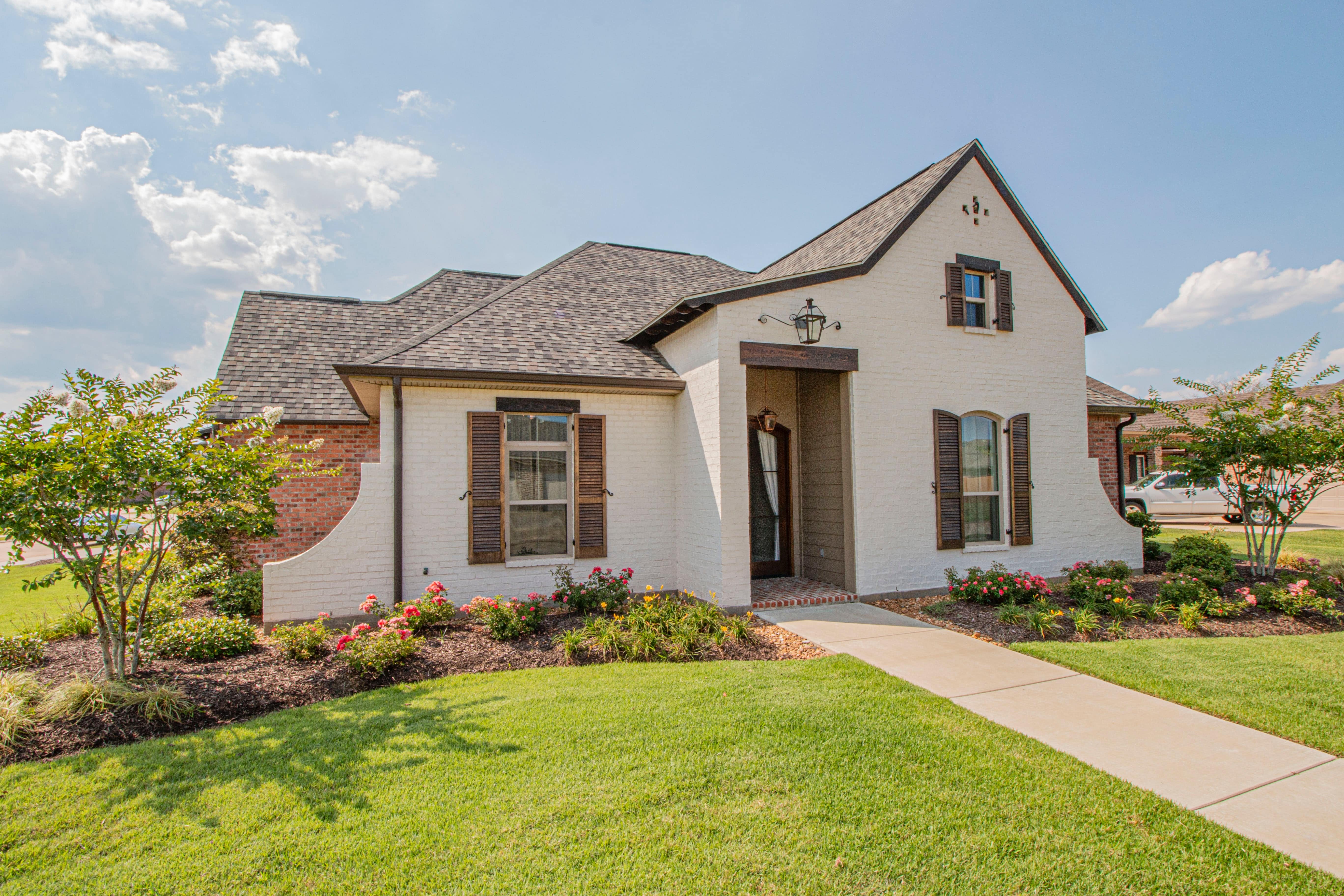If you want to increase your home’s overall value, whether you plan to sell or simply to increase equity, you’ll want to choose these top home improvement projects to help make that happen. These upgrades are the best way to invest money in your home to increase the value.
Keep reading to find out which areas (besides adding an addition to a house) to focus on and some small things that go a long way.
With a bit of information and know-how, you can get a better return on your investment for the long haul.
Always Consider the Kitchen
Perhaps the first place to consider focusing your attention is in the kitchen. Most people demand a modern, functional kitchen with high-end materials. You’ll want to include quality countertops made from granite, marble, or butcher block to add to the value.
Additionally, you can add more storage for real impact. Valuations consider things like recessed storage, high-end appliances, countertop and cabinet finishes, and technology.
If you have the essential foundation for a great kitchen, adding a few modern touches like smart controls and convenience appliances such as a trash compactor or even pinnacle lighting. According to the National Association of Realtors, a minor kitchen remodel can add over $18k of value to the average home.
Windows
Replacement windows are another area to focus your attention. If you need window funding, there are top companies that provide loans. Most valuations look at the condition of the windows and the materials. If you want to increase the value, remove old or damaged windows and framing materials and replace them with new, functional windows.
If you go for the windows that pull out for easy cleaning and opening, you’ll add even more value. Make sure all the windows match and have the same brand, materials, and colors for the best results.
Bathrooms
Another selling point or point of consideration when doing a home appraisal is the bathrooms. If you have an old or outdated bathroom or bathroom, it can dramatically decrease the value of your home. Doing a partial renovation is the best way to keep your value up and maintain or gain equity.
Focus on the following features of the bathroom.
- Lighting
- Countertops
- Cabinets
- Bath and shower
You’ll invest in the renovation but likely increase your home’s value beyond that investment. If you decide to sell or take other financial-related actions, you’ll get back your money and more. It’s a smart idea to keep up to date with the latest bathroom trends and improvements and gradually add them over.
Replace Doors
One simple action that can add value to the home and improve its appearance is to upgrade and replace the doors in the house. Make sure they all match and are high-quality, solid wooden doors to get the best results. You can even add sliding barn doors for a cozy touch that’s quite popular right now.
Don’t forget the garage door, and pay special attention to the front and rear doors because that is what the public, neighbors, and potential buyers see first. If you have a modern, sophisticated door at the front and back, it will entice buyers and increase the value of your home based on curb appeal.
Replace Siding
If you have vinyl siding, consider vinyl siding financing for your home. Make sure to update it every handful of years to ensure your exterior looks fresh and clean. It increases the home’s value and maximizes the curb appeal. Unfortunately, siding takes the brunt of the elements. However, it is easy to replace and makes a significant impact on its appearance.
Another factor to consider is keeping up to date with the style and color. You don’t want to replace it with the same look that was in style ten years ago, even if you like the way it looked before.
Upgrade Your House with Help from Homeowner Funding
You can do several things to increase your home’s value; however, these ideas represent the actions that make the most impact without having to remodel the home completely. Pay special attention to the main areas where people spend most of their time requiring the most materials and features, such as the kitchen and the bathroom.
Good planning is the key to a successful project that gets a great return on investment. Before you begin, create a budget with wiggle room for extras and surprises. More importantly, contact Homeowner Funding and let us help you get the resources you need to make sure all your home improvements are completed professionally and affordably.









